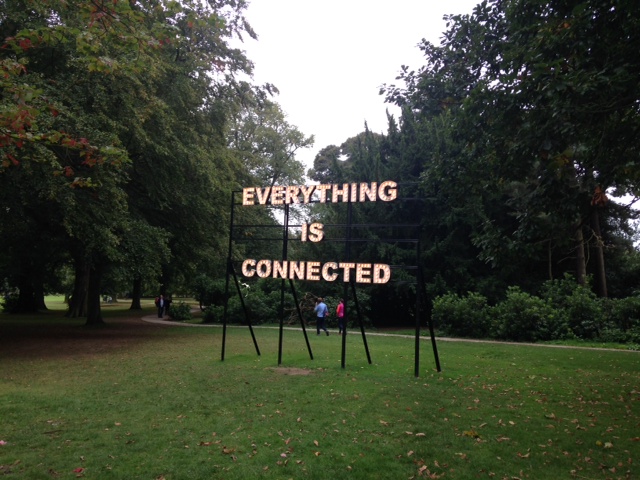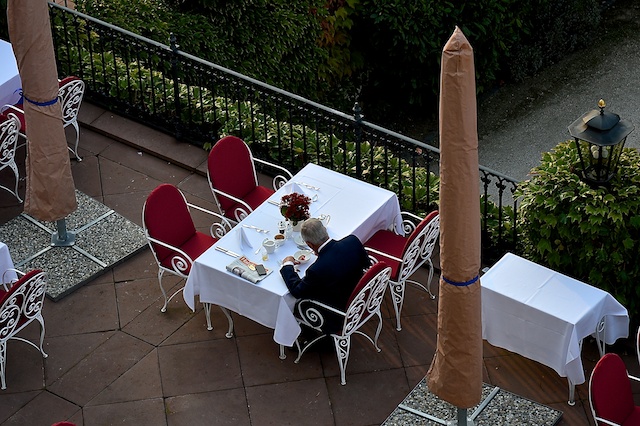This morning’s Observer column
In the long view of history, though, the innovation that may be seen as really significant is Apple Pay – an ingenious blend of contactless payment technology with security features that are baked into the new iPhones. Apple Pay will, burbled Tim Cook, “forever change the way all of us buy things… it’s what makes the iPhone 6 the biggest advancement in the history of iPhones”.
The idea is to do away with the rigmarole of having to pull out a credit/debit card, insert in a store’s card reader, type a pin, etc. Instead, you simply bump your iPhone (and, eventually, your Apple Watch) against the store’s contactless reader and – bingo! – you’ve paid, and the store never gets to see your card. Why? Because Apple has stored the card details in heavily encrypted form on your device and assigned each card a unique, device-specific number, which is accepted by the retailer’s contactless reader.
This only works, of course, if the retailer has already signed up with Apple. Cook claimed that 220,000 US retailers have already opted in to the system, as well as six major banks, plus MasterCard, Visa and American Express – which means that 83% of all US credit card payment volume can theoretically already be handled by Apple Pay.
If true, this is a really big deal, because it puts Apple at the heart of an unimaginable volume of financial transactions. In a way, the company is now doing to the card payment business what it did to the music business with the iTunes store…
Read on




